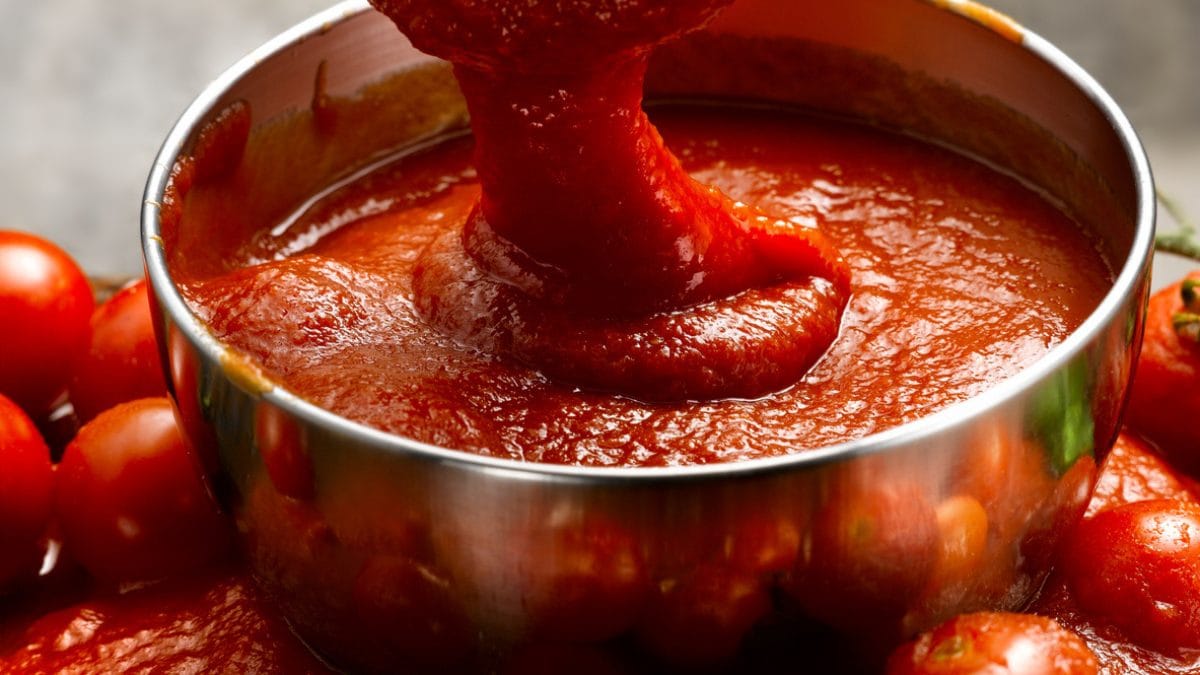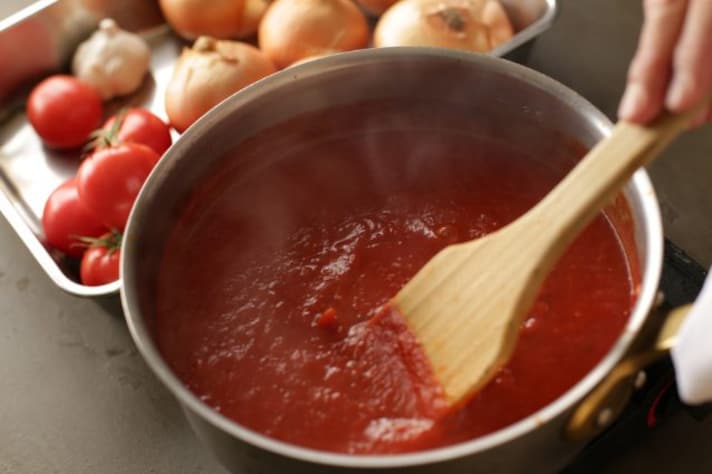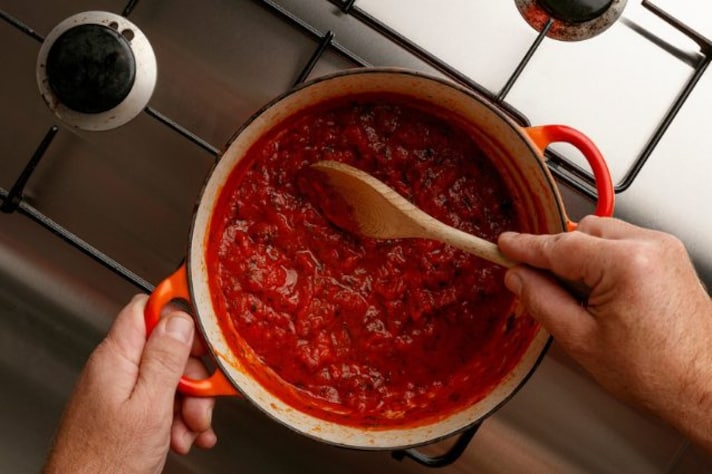
Some debates start with a bang—this one starts with a boil. Step into nearly any Italian-American kitchen on a Sunday and you’re bound to hear the simmer of tomatoes, the clink of a wooden spoon, and someone saying, “So, is this sauce or gravy?” Cue the sigh. For decades, this question has divided families, launched think-pieces, and even caused mild passive-aggression at the dinner table. It’s a debate not just about food, but about language, heritage, and how much meat ends up in your pot. So pull up a chair. Let’s stir the pot—gently.
A Dash of History: Italy Vs. America
Let’s start this culinary conversation with some historical sauce—uh, flavor. In Italy, the word salsa (literally sauce) has reigned supreme for centuries, especially when twirled around pastas and laid atop meats. But when your grandparents landed on Ellis Island with grandma’s meatballs in tow, the English tongues among Italian-Americans had to find a familiar word. Enter “gravy.” Yes, that’s right: many Italian families in America have been calling the red pasta sauce “gravy” for as long as spaghetti has twirled on American forks. The linguistic mismatch? Pure immigrant ingenuity. What Grandma called salsa, Uncle Joey called “gravy,” and the rest of the neighborhood followed suit.
Why Americans Say Gravy
Here’s the linguistic rub: American gravy is classically made from pan drippings and thickened with flour or cornstarch—meaty, rich, and not tomato-based. But when Italian immigrants tried to describe their Sunday meals, they borrowed familiar culinary vocabulary to fit English grammar. “Gravy” was relatable, even if technically incorrect. Plus, for communities in New York and New Jersey, the term became identity: Sunday gravy was more than sauce—it was a ritual, a cultural trademark.

Tomato Sauce vs. Sunday Gravy: Same or Different?
Can you say they’re the same thing? Well, it depends on whom you ask. Most Italians in Italy would scoff at calling marinara “gravy.” But in many Italian-American households, Sunday gravy includes meat simmered in tomato sauce for hours—that’s your ragu, meat sauce, Sunday dinner centerpiece. To the outside world, a sauce simmered with sausages, meatballs, pork ribs, or braciole seems less refined than Italy’s delicate tomatoes, and yet, to many American Italians, it’s totally gravy.
Meat-Based “Sauce” and the Gravy Misnomer
If your sauce bubbles with meat, does it automatically become gravy? Not technically—but culturally, yes if you're in parts of the U.S. The debate heats up when the dish includes meat—like meatballs, sausage, or pork shoulder in the tomato pot. Purists might call that ragu, while family tradition calls it gravy. And tradition wins out if grandma’s waving the wooden spoon.
Nonna’s Kitchen vs. New York Table
You ever notice how Nonna says “sugo” or “salsa,” while your uncle says “gravy”? Generational preferences play a huge role. First‑generation immigrants often stuck with sugo or salsa, while the second or third generation adopted “gravy” in English-speaking communities. Kids raised in New York, Boston, or Philly often grew up calling red sauce with meat “gravy”—because that’s what their parents and neighbors called it.

Cultural Etiquette
Look, if you stroll into your aunt’s house and call her ragu “gravy,” you might get a side-eye—and not the affectionate kind. Some households take the term salsa or sugo seriously, calling anything else a misappropriation of tradition. The polite approach? Ask. A quick “Is this your sauce or gravy?” might earn you a laugh, but it’s far better than accidentally insulting decades of Sunday rituals.
How Chefs Refer to It
Major food publications and chefs tend to stick with the more universal “tomato sauce” or “Italian sauce.” You’ll find though, folks like Lidia Bastianich or Marcella Hazan using sugo or ragu to describe the meat‑infused tomato base. Meanwhile, Italian-American pop‑culture chefs and bloggers will proudly label it “gravy”—they’re owning a tradition.
So… Sauce or Gravy? A Friendly Verdict
Here’s the bottom line: if it’s just tomatoes and herbs, call it sauce. If it’s simmered with meatballs, Italian sausage, pork ribs, capicola—then feel free to call it gravy, especially if you grew up in the tradition. Even if food critics in Florence raise an eyebrow, the hearts and palettes of Italian-American kitchens know what’s what. It’s about context, community, and culture. So let’s settle it: both are right—when used appropriately.
;Resize,width=767;)
